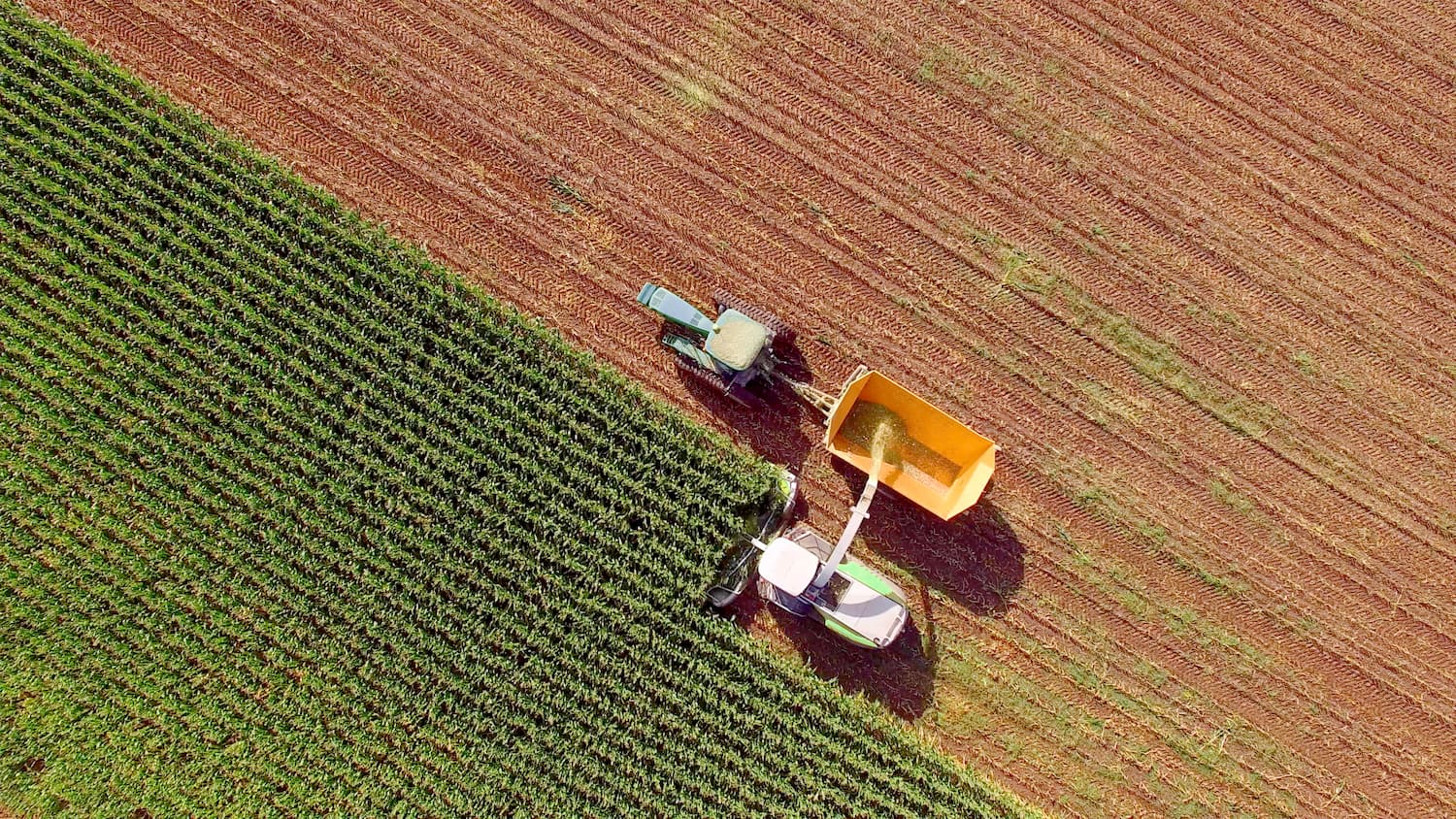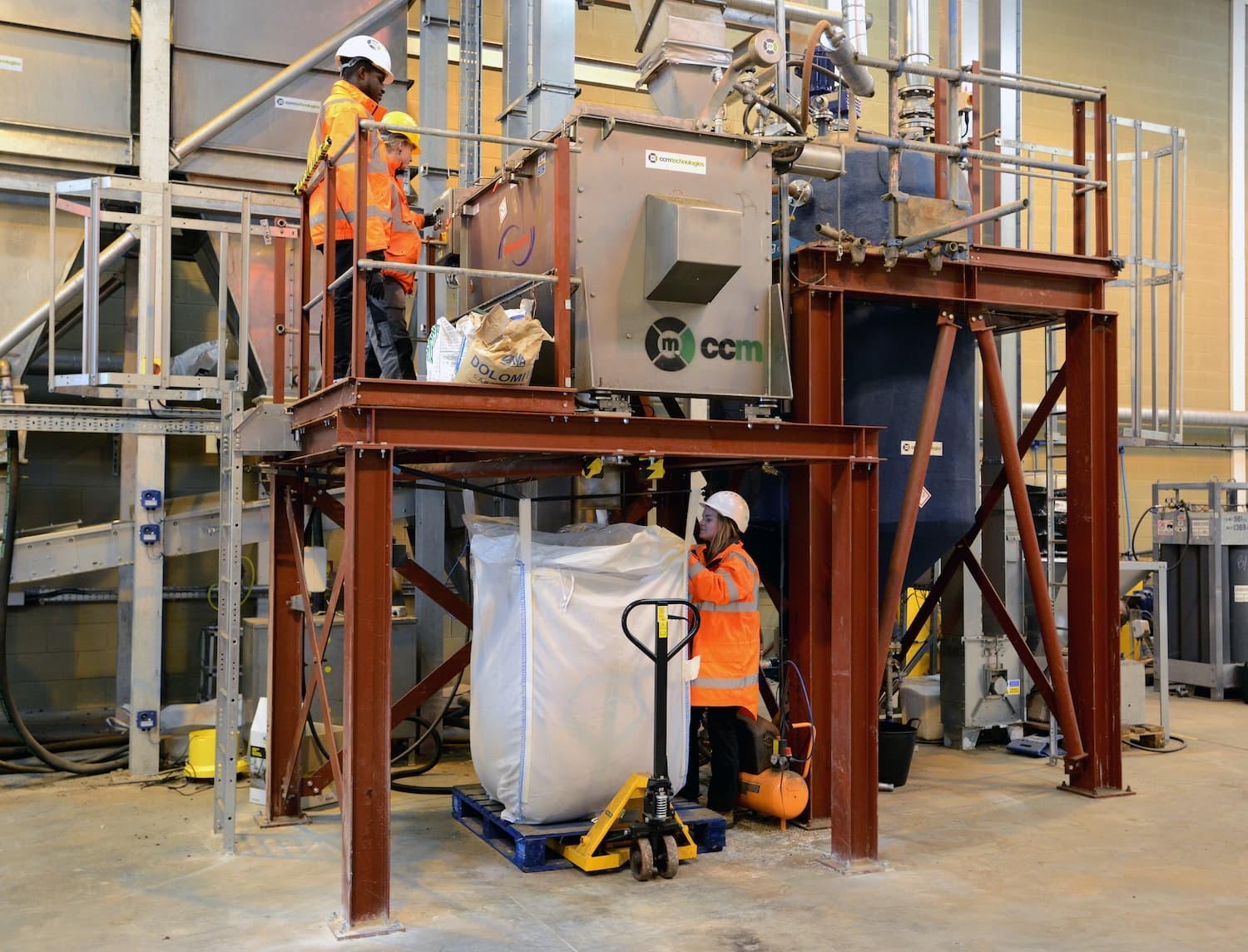Global leading food and drinks producers are rushing to reduce carbon footprint by tackling one of the hidden culprits of emissions in value chains: fertilizers.
Ahead of disclosure rules for greenhouse emissions throughout supply chains enacted next year, firms including PepsiCo, Heineken and Nestlé have turned to green fertilizer start-ups to help tackle emission levels.

Nitrogen fertiliser is the highest emissions source for most foods. (Photo: iStock)
Crop nutrients are essential for producing half of the world’s food but also contribute significant CO2 emissions. Fertilizers used for agricultural ingredients account for about 15% of total emissions from beer supply chains and 35% to 40% for bread, according to industry experts.
Nitrogen-based fertilizer and farm manure make up 5% of global greenhouse gas emissions, producing 2.6 billion tons of CO2 annually, more than global aviation and shipping combined, according to research published by Nature Food.
Petter Ostbo, chief executive of Atlas Agro, a green fertiliser start-up, said, “Nitrogen fertiliser is the highest emissions source for most foods,” especially for bread and cereal.
Crop nutrients’ emissions should be easy to cut, he said, adding: “The technology exists and is competitive ... All that is needed is for the food producers to become aware and to support.”
Food manufacturers say they recognize the need for change. “We’re the world’s biggest food and beverage company and so if we’re not taking a leading position on this then what hope do the rest have?” said Matt Ryan, spearheading Nestlé UK’s regenerative agriculture efforts.
From January, companies incorporated in the EU will be obliged to report the carbon footprint of their entire supply chains, known as scope 3. The US is also working on similar disclosure rules.
While manufacturing fertilizers produces carbon dioxide, accounting for close to 1.5% of global CO2 emissions, once applied to land, microbes in the soil break down the crop nutrients, producing nitrous oxide, which has a warming effect that is 265 times greater than CO2.
Faced with regulatory changes, the industry and its partners have stepped up efforts to produce lower carbon ammonia and practices that improve nitrogen use efficiency. CCm Technologies is among the start-ups benefiting from rising interest in green fertilizers.
The firm mixes CO2 captured from industrial activities with organic materials, including sludge from sewage plants and byproducts from food factories, to make crop nutrients. It recently partnered with Nestlé and Cargill, using cocoa shells from a confectionery site in York where the agricultural trader processes cocoa for Nestlé products like KitKats. The lower-carbon fertilizer produced is then used on 120 arable farms in Nestle’s supply chain in Suffolk and Northamptonshire.

CCm Technologies has developed an innovative method of producing sustainable fertilizers from captured carbon dioxide. (Photo: CCm Technologies)
For crops like wheat, fertilizers account for half of the total emissions produced, said Ryan. There is “a double opportunity here” to reduce waste and cut scope 3 emissions, he said.
CCm’s fertilizer manufacturing process, which has been certified by the Carbon Trust, will help cut emissions by at least 70%. The company also plans to triple production in the next few years and expand into Europe.
In alcoholic beverages, the pursuit of a low-carbon beer has led Heineken to be one of investors supporting fertilizer group FertigHy. The start-up plans to start construction on its first plant in Spain in 2025 and aims to operate two plants, each producing 1 million tons of low-carbon fertilizer annually from 2029.
According to the company, to reach its goal of net zero by 2040, the brewer needed a supply of low-carbon fertilizer. Heineken invested in FertigHy because although “the industry was taking ‘steps’” to reduce emissions, they were “not accelerated”.
Tesco is also working with low-carbon fertilizer makers, including several start-ups such as CCm. The retailer said that after initial field trials produced vegetables including lettuces, carrots and potatoes with a 50% reduction in emissions levels, from 2024 it would increase the trial area tenfold to 13,000 hectares.
.jpg)
(Photo: CCm Technologies)
Although investments into low-carbon fertilizer start-ups received a boost from the surge in traditional crop nutrient prices, alternative products remain expensive partly due to the small quantities produced.
Alzbeta Klein, head of the International Fertilizer Association, said that “none of these new technologies have been scaled up yet”. “The door is open to each and every solution.”
A transition to low-carbon crop nutrients required government support, believe some executives. InVivo’s Edouard Piens said regulations on scope 3 emissions were necessary but not sufficient and government subsidies were needed to close the price gap between traditional fertilizers and low-carbon alternatives, currently about $200 per ton.
The low-carbon market was so small today that it barely existed, said José Antonio de las Heras, FertigHy chief executive. “Very expensive and very limited”, adding that change across the industry was happening “very slowly”.
Prices would fall as volumes increase, but for this to happen, food groups needed to collaborate, said Nestle’s Ryan. “We’re never the only buyer for a farmer,” he said, adding that Nestlé would be interested in creating a low-carbon fertilizer production hub in the UK with PepsiCo.




